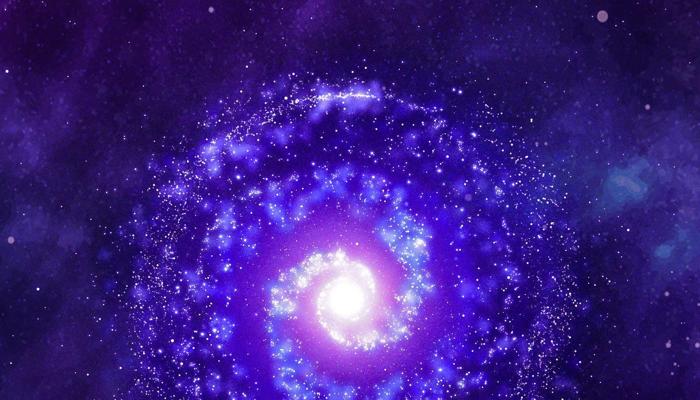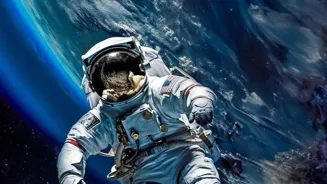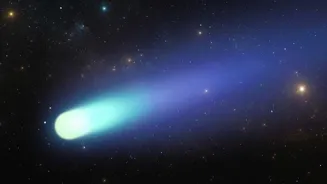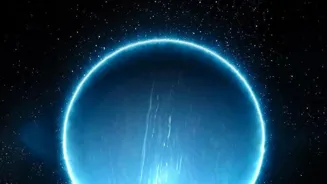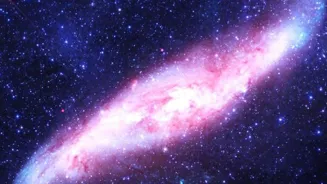Unveiling Space-Time Wormholes: Exploring 8 Theories. Can we truly journey across the universe in an instant? Dive in!
Is it truly possible to travel across the universe in the blink of an eye? Science
fiction often paints a vivid picture of space-time wormholes as shortcuts through the cosmos, allowing for near-instantaneous travel to distant galaxies.
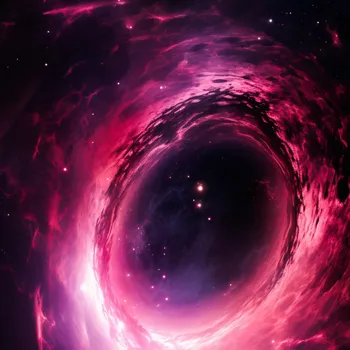
But what does real science say about these fascinating theoretical tunnels? Hold on tight, as we explore eight key theories that delve into the captivating world of wormholes. Don't worry if some of it sounds a bit complicated; we'll break it down simply!
Scientists explore theoretical wormholes in space-time physics
Firstly, let's understand what scientists mean by a 'wormhole'. Imagine folding a piece of paper in half and drawing a point on each side. The shortest distance between these points is a straight line through the paper, instead of along its surface.
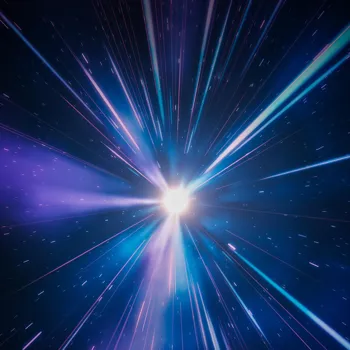
A wormhole, in theory, is similar – a tunnel that connects two distant points in space-time, offering a shorter route than travelling through normal space. The mathematics of Einstein's theory of general relativity actually allow for the existence of wormholes, but with some very important caveats.
It's like finding a map that shows a hidden city, but doesn't guarantee you can actually reach it. Physicists have been studying the complexities of wormholes since their concept was first proposed.
This involves some heavy-duty math that explores their structure, stability, and possibilities for enabling the trip.
Creating wormholes requires exotic matter with negative mass-energy density, challenging to obtain
Secondly, one of the biggest hurdles is the need for something called "exotic matter". Regular matter, like the stuff that makes up you and me, has positive mass-energy density.

Calculations show that to keep a wormhole open, you need matter with negative mass-energy density – something that bends space-time in the opposite way to normal matter. This "exotic matter" is more than just unusual; it's never been directly observed!
Some theorists propose that Casimir effect, a quantum phenomenon that involves creating negative energy densities in small regions, might provide a clue. However, the practical implementation and the quantities required for wormhole creation are currently beyond our reach.
Imagining a large collection of balloons, exotic matter would behave like balloons who try to pull space-time open, a strange and challenging scenario!.
Wormhole stability: a pivotal challenge for scientists
Thirdly, there is the important question of stability. Even if a wormhole could be created and held open with exotic matter, would it stay open long enough for something to travel through it?
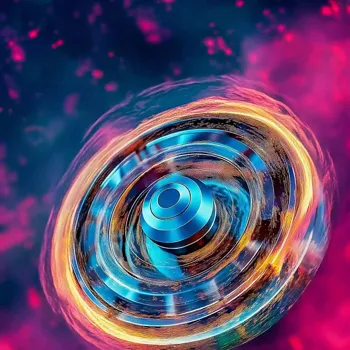
Early calculations suggested that wormholes would collapse almost instantaneously, pinching off before anything could traverse them. However, modern theories explore certain configurations and properties of wormholes which could possibly render them more stable.
Some ideas involve complex mathematical models, that might offer stability under specific conditions. It's like trying to balance a pencil on its tip. You might be able to do it for a second, but keeping it there for a longer time takes a lot of effort and clever design.
The instability problem is a major concern for scientists.
Wormholes' feasibility for travel due to destructive forces and radiation hazards
Fourthly, the issue of traversability. Even if a wormhole is stable, can it actually be used for travel? The extreme gravitational forces inside a wormhole could be incredibly destructive, ripping apart anything that tries to pass through.
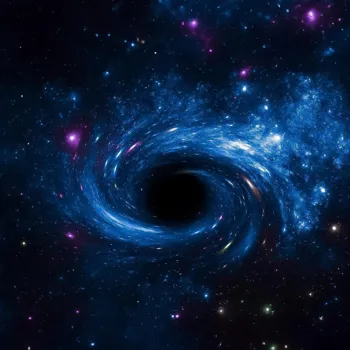
There are mathematical models that suggest potential structures, where the tidal pressures aren't quite as extreme. Yet, these models often rely on the existence of very specific and unrealistic conditions. This involves calculating gravity and quantum mechanics.
Also, there is the question of radiation: the inner parts of a wormhole could potentially be very radioactive or highly energetic, making it an extremely hazardous passage.
Quantum gravity challenges classical general relativity near wormholes
Fifthly, many scientists suspect that quantum gravity effects near the 'throat' of the wormhole will drastically change the classical picture painted by general relativity.
Quantum gravity attempts to describe gravity through the principles of quantum mechanics, that govern the behaviour of very small particles. Its theories suggests that high-energy processes occur around it.
Also, physicists are unsure that the classical equations of the general relativity holds near the mouth of a wormhole. In short, we need a theory that combines gravity and quantum mechanics to understand it better, a challenge that scientists are actively researching.
Wormholes: potential time travel, paradoxes, physics laws
Sixthly, there are also potential links between wormholes and the creation of time machines. Some solutions in general relativity that describe wormholes also permit closed timelike curves, that are paths through spacetime that allow travellers to return to their past.
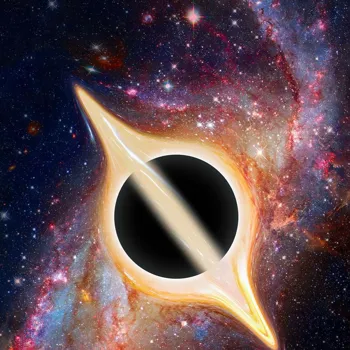
The problem is that these 'time machines' introduce lots of paradoxes, like travelling to the past to prevent your own birth. Most physicists suspect that there must be some physical law that prevents the formation of closed timelike curves, or the use of wormholes for time travel.
It's one thing to move from one location in space to another faster than light, but it's another entirely to meddle with the flow of time itself.
AI Generated Content. Glance/InMobi shall have no liability for the content
